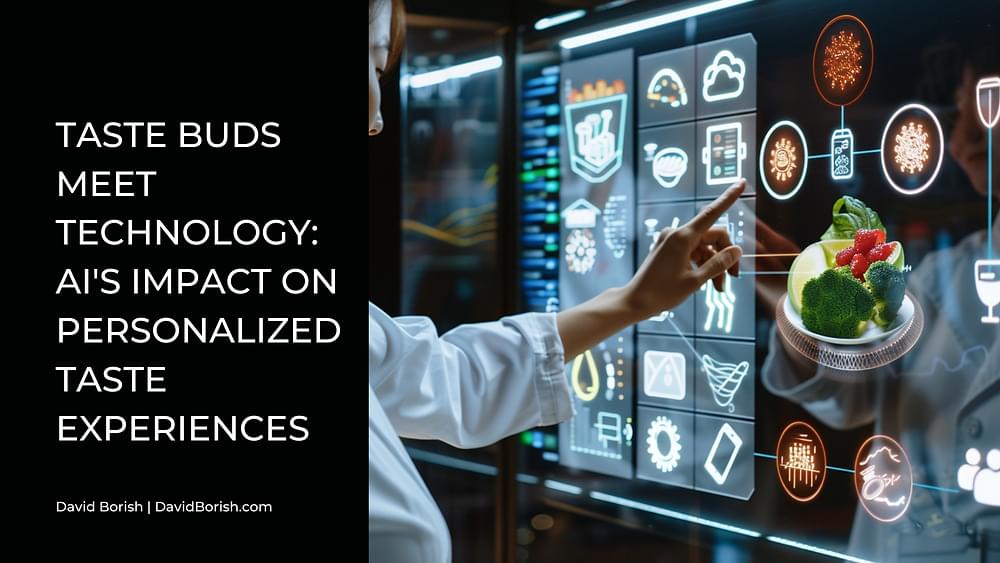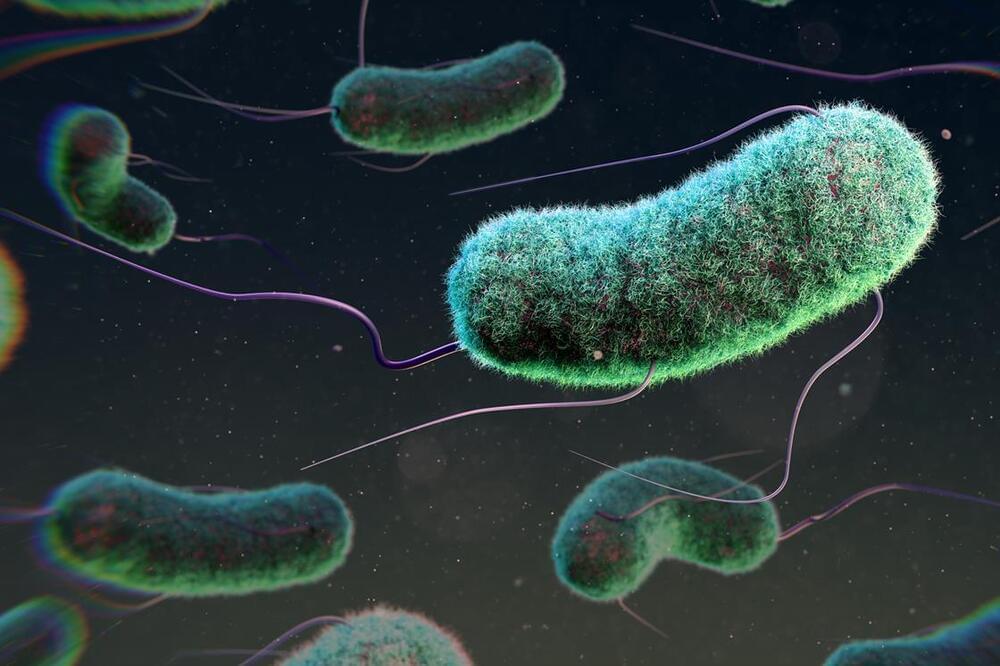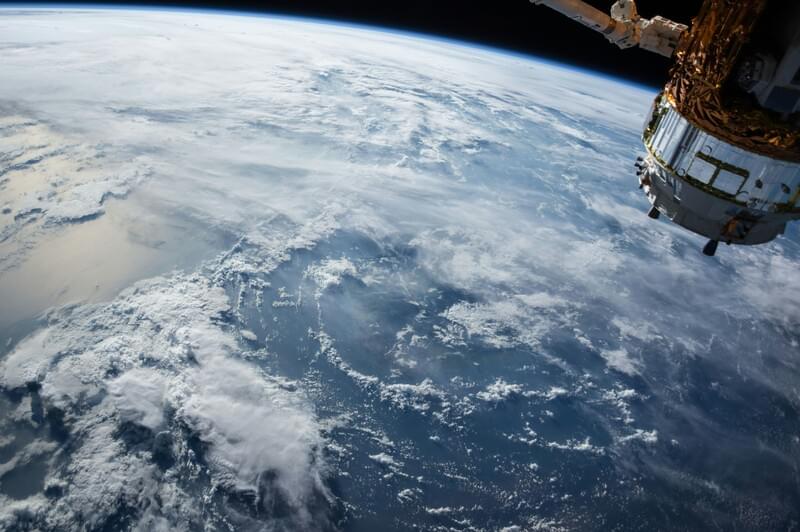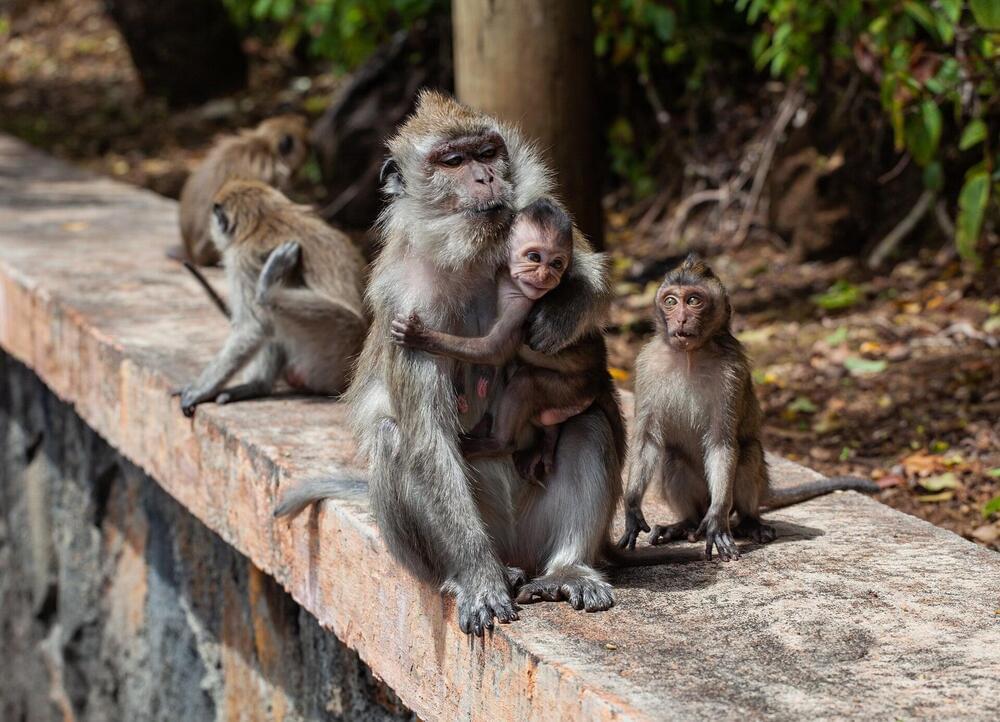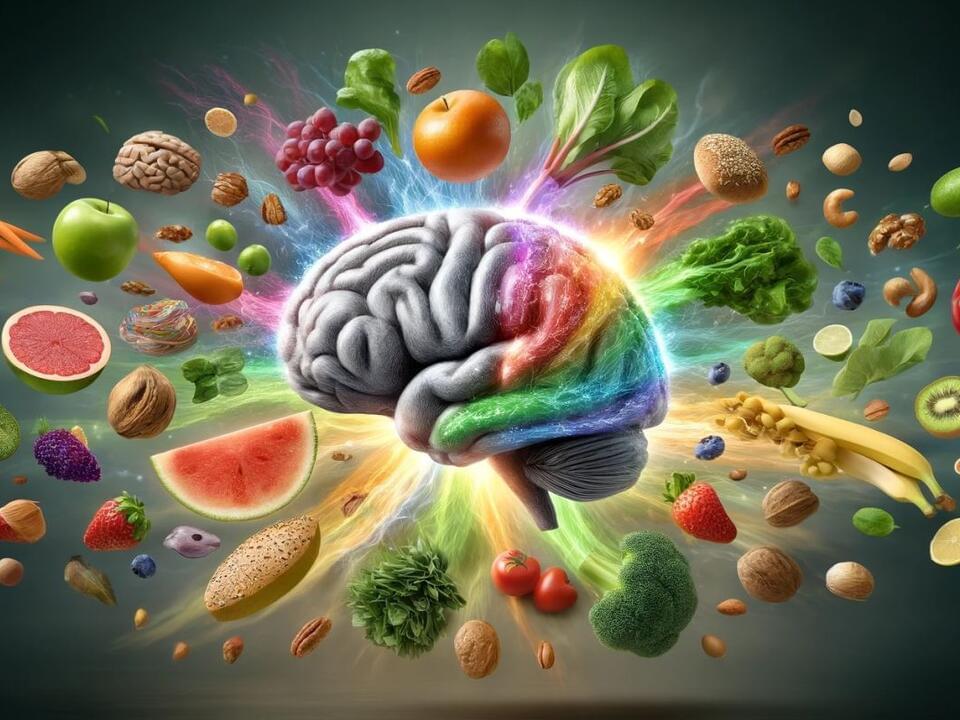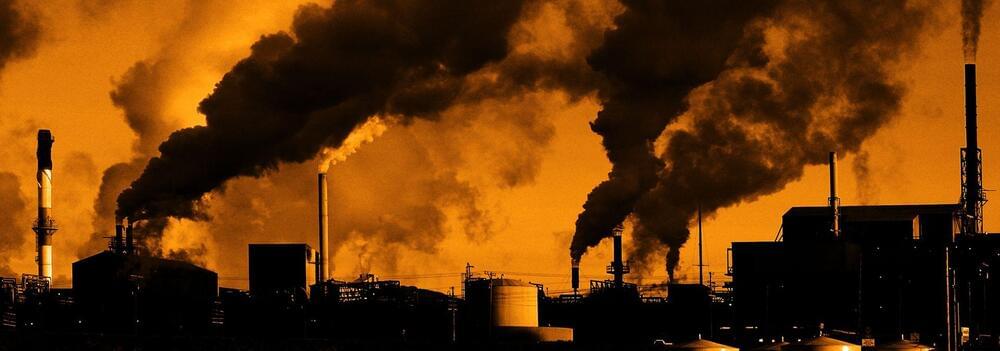Apr 24, 2024
Taste Buds Meet Technology: AI’s Impact on Personalized Taste Experiences
Posted by Shubham Ghosh Roy in categories: food, robotics/AI
The recent collaboration between Kaffa Roastery and Elev highlights the potential of AI in food science, particularly in creating personalized taste experiences.
Taste Buds Meet TechnologyThe recent collaboration between Kaffa Roastery and Elev, a Finnish AI consultancy, has shed light on the potential of artificial intelligence in the world of food science. By leveraging AI models to create a unique coffee blend tailored to enthusiasts’ tastes, this partnership has opened up a new realm of possibilities for personalized food experiences. But what if AI could go beyond just coffee blends? Imagine a future where AI can help individuals discover their unique taste profiles and create recipes specifically designed for their palates. This new approach to cooking could transform the way we think about food and our relationship with it.
